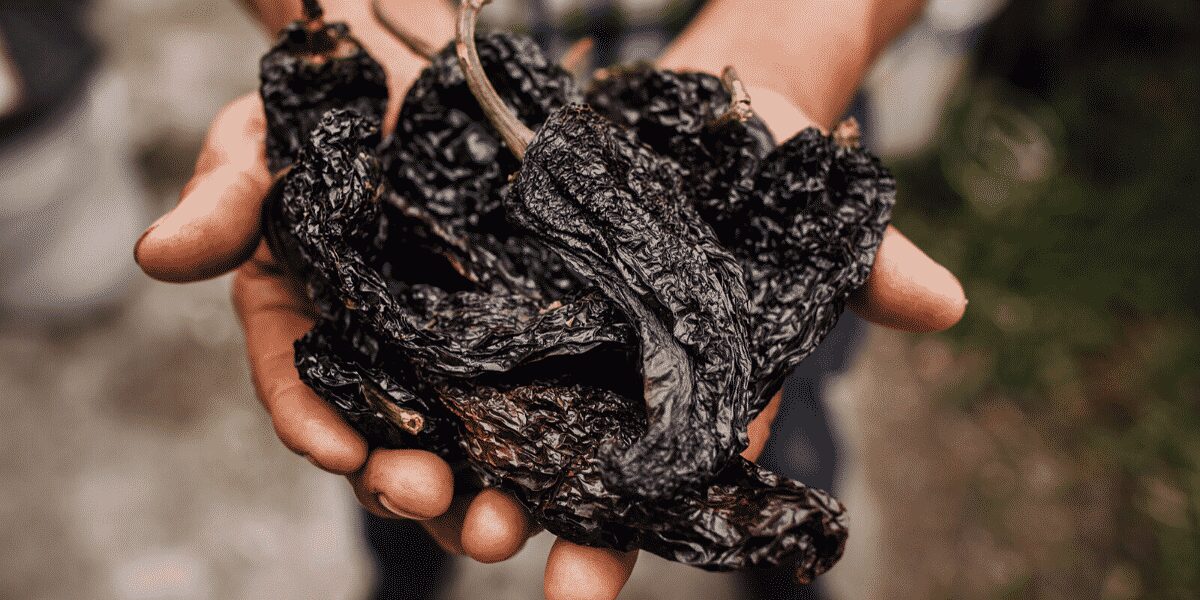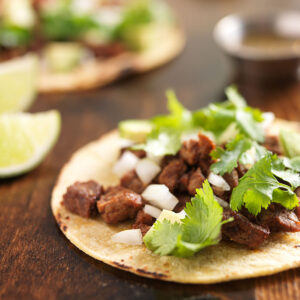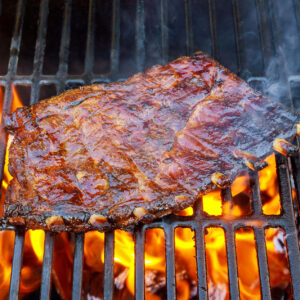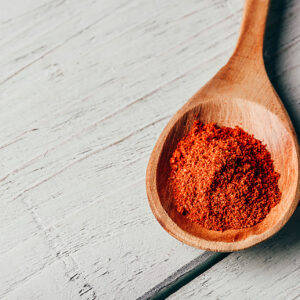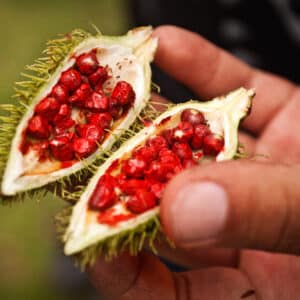Cooking with Ancho Peppers
A popular trend in cooking is to eat Mexican, Tex Mex, and southwestern cuisine with as much heat as the mouth can tolerate. Using peppers when preparing certain foods adds spice and flavor to your favorite meals. There are many varieties of peppers, and one that is normally used is the ancho pepper. Many may ask what are ancho peppers. These are the dried version of the poblano peppers that stay on the vines until they are ripened, turned red, harvested, and dried. They have a smoky quality, and sweet heat. Knowing how to use ancho chile, which is the ancho pepper ground up, is very important so as not to have foods too spicy. Cooking with ancho peppers adds a smokey, spicy flavor to any dish.
How to use ancho chile
When cooking with ancho peppers, it is essential to understand that although they have a moderately mild heat they still have a kick. On the Scoville Heat Units, the ancho peppers measure between 1,000 and 2,000 compared to a bell pepper which measures 0 and the jalapeño which measures 5,00. You know where you stand with the ancho pepper, and how much to use. The ancho peppers are normally re-hydrated before using. Place them in hot water for up to 30 minutes, and they are ready to use. Seed and stem them first, then they are ready to season sauces, stews, soups, salsa, and any food that you want to add some spice to. Learning how to use ancho chile is as easy as adding any other spices to your food when you want a mild to moderate heat content.
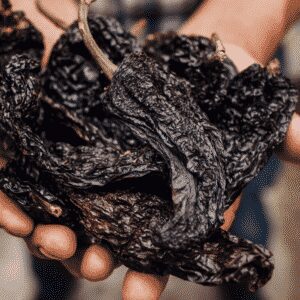 Other uses for ancho peppers
Other uses for ancho peppers
When someone asks what are ancho peppers, a good answer would be that they are the seasonings used for chili powder that gives chili that awesome flavor. The peppers are ground while they are still dried to make the chili powder, and can be used in many other recipes besides chili. the southwest region of the United States are not the only people who enjoy the spicy foods often prepared in Mexican cuisine. The ancho peppers have made their way into the flavoring of foods that are often used in many other cultures.
Here is a link to our ancho chile peppers.
See more of our spices here.

